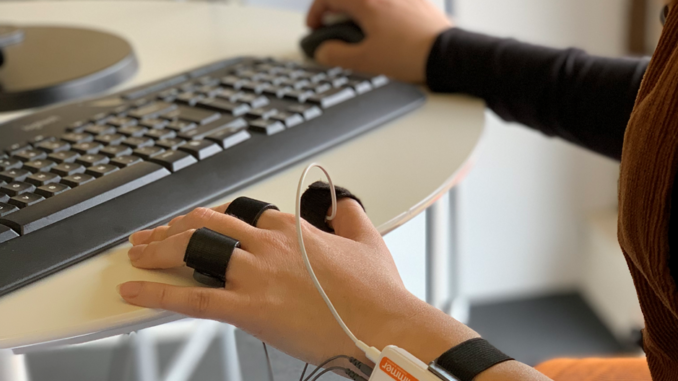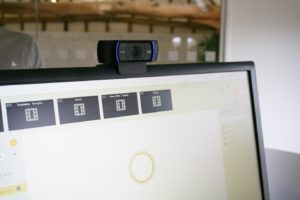
It’s no secret that humans are irrational creatures – we react with our hearts, not our heads. First impressions are formed within a split second, that’s why they’re so important. When we meet somebody new, our initial judgement is based on subconscious emotional response, more commonly known as ‘gut reaction’.
The same is true when it comes to websites. When you visit a website, you expect an on-site experience that’s straightforward, engaging and helpful. If it’s not, you’d leave and look for something that better aligns with your expectations. That’s where biometric research comes in.
Thanks to the likes of facial expression analysis software, eye tracking technology and galvanic skin response (GSR) sensors, digital marketers now have the ability to measure genuine human emotion in real-time. This means they can study how users react to certain stimuli in order to identify which aspects of a website work, and which need improvement.
What is biometrics?
The term biometrics refers to the measurement of human emotions, characteristics and behaviour.
Biometrics is primarily used for data security as a reliable method of identification. This is because it deals with an individual’s physically unique biological data.
Current uses
Biometrics research is still quite new in the digital marketing industry, and pioneering marketers are using it to make websites and apps much more user-friendly to ensure a better customer experience.
One agency contributing to the trailblazing use of this technology is Coast Digital. An award-winning digital marketing agency, Coast Digital harness the power of biometric technology in their state-of-the-art Biometric Testing Lab.
Thanks to eye tracking, GSR, and facial expression recognition software, Coast Digital are able to gain unparalleled insight into a target market and identify:
- Which areas of a site are most popular
- Which areas of a site need improvement
- How people feel when they look at a site
- Which content has the strongest emotional impact
- Opportunities for targeted, personalized ads
- Ways to improve consumer engagement
 As mentioned, biometrics is already widely used for security and authentication purposes. Here are a few examples of current biometric technology in action:
As mentioned, biometrics is already widely used for security and authentication purposes. Here are a few examples of current biometric technology in action:
- ePassports & airport security
- Smartphone fingerprint ID
- Iris recognition
- Facial recognition
- Voice recognition
- DNA matching
- Lie detector tests
Cutting-edge technology
What is eye tracking?
Eye tracking technology measures eye movement visual attention. Near-infrared light is used as an illuminator and a camera captures high-resolution images of the user’s eyes as they move.
The sophisticated algorithm behind the technology then identifies movement patterns and calculates point of gaze and optical attention.
How does facial expression recognition software work?
 Our facial expressions strongly indicate the emotions we feel. Facial expressions recognition software captures a user’s expressions and identifies the emotion behind it.
Our facial expressions strongly indicate the emotions we feel. Facial expressions recognition software captures a user’s expressions and identifies the emotion behind it.
First, the camera detects the user’s face, much like the camera on a smartphone can. Next, it pinpoints facial landmarks – eyes, nose etc. Finally, it evaluates facial movements – like brow furrows – and categorises the implied emotion.
What does galvanic skin response measure?
Galvanic skin response (GSR) effectively measures levels of sweat on the participant’s skin. Though this technology doesn’t identify which emotion is being felt, it does indicate how intensely it’s being felt. GSR technology is more effective when combined with other biometric sensors.




Be the first to comment